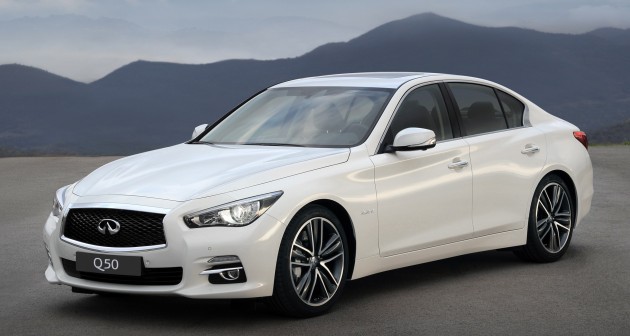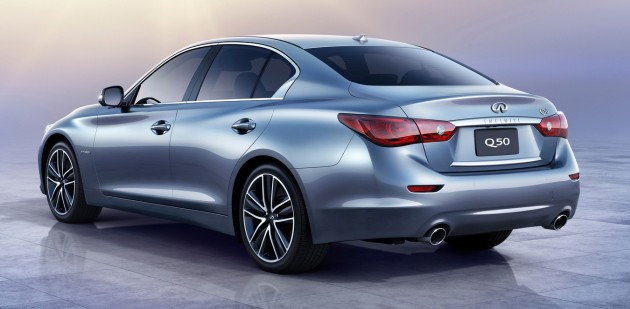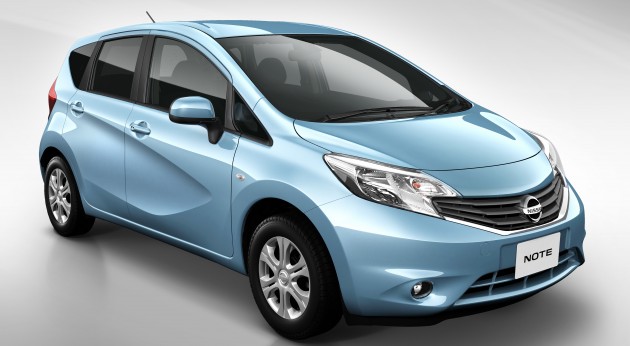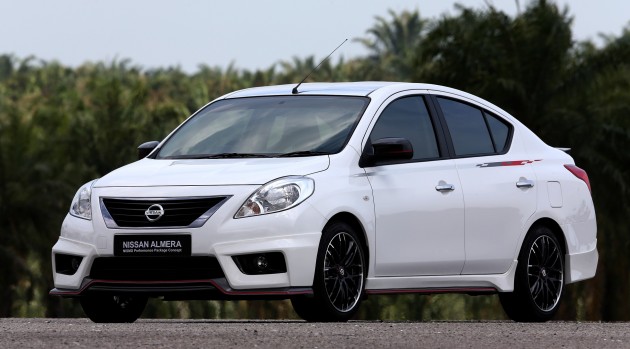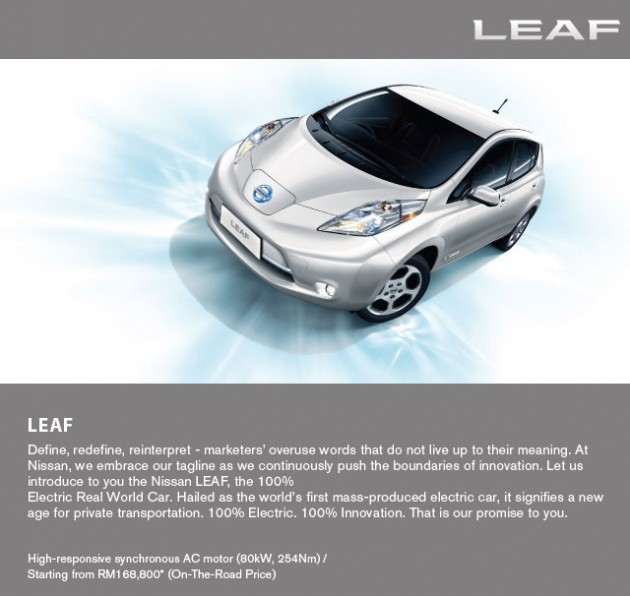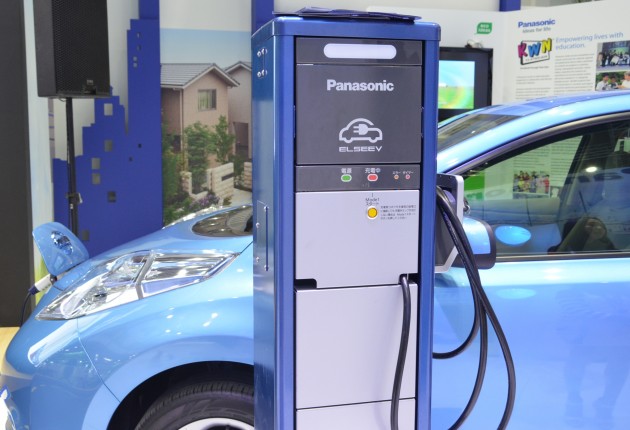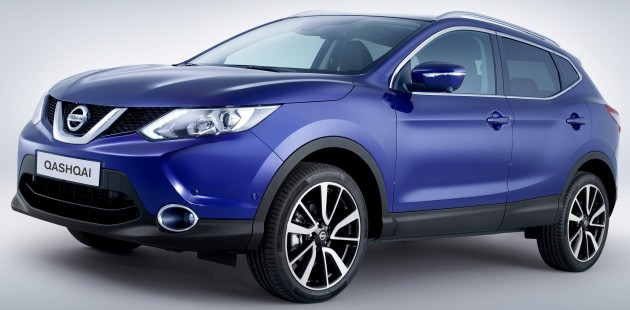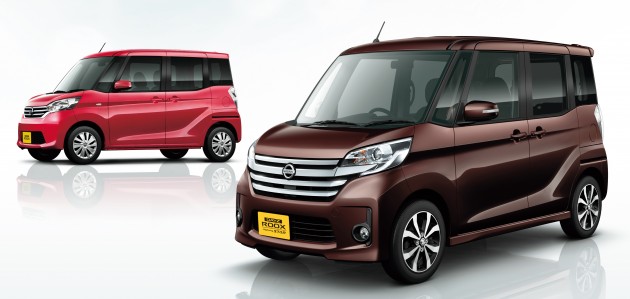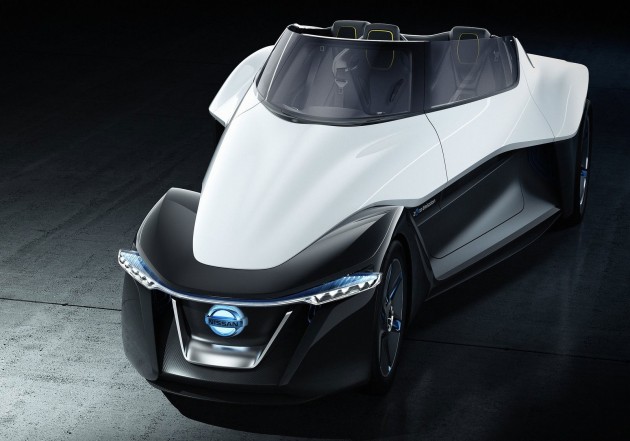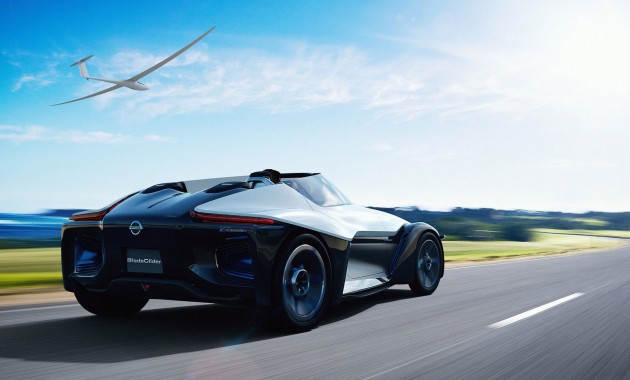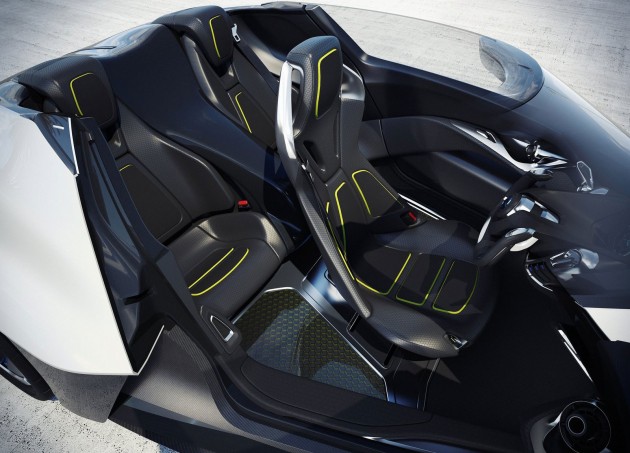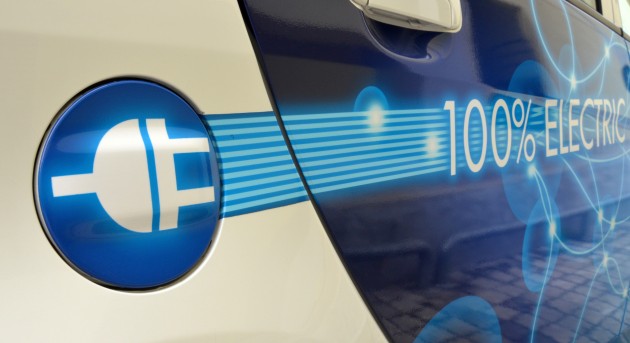
The Renault-Nissan Alliance and Mitsubishi today announced a joint intention to explore several projects involving shared products, technology and manufacturing capacity. Along with this, they’ve announced several initiatives that they are currently working on.
NMKV to go global with new small car
NISSAN and Mitsubishi already have a joint venture company in Japan called NMKV, which was established in 2011. NMKV handles product planning and engineering for K-cars for the Japanese domestic market. This JV was probably born out of successful badge-engineering projects in Japan between the two companies such as the Nissan Kix, which is a rebadged Pajero Mini, the Delica D:3 which is a rebadged NV200, or the new Proudia which is a rebadged Infiniti M.
As the K-car market is unique to Japan and there are so many manufacturers competing for it, badge engineering is a way to reduce costs and keep up profitability. One of the first cars to be born from NMKV development was revealed in March this year – the Nissan Dayz, also known as the Mitsubishi eK.
In today’s announcement, Mitsubishi and Nissan revealed that NMKV will be extended to co-devleop a new small-segment car including an electric version which can be sold on a global basis, based on a K-car platform – probably the Dayz/eK’s platform. The Dayz/eK has a 2,430mm wheelbase, slightly shorter than that of the Mitsubishi Mirage’s 2,450mm and the Nissan March’s 2,449mm. Could this mean the next generation Mitsubishi Mirage and Nissan March will share a platform?
New Global Mitsubishi C-segment Sedan to be based on Renault car
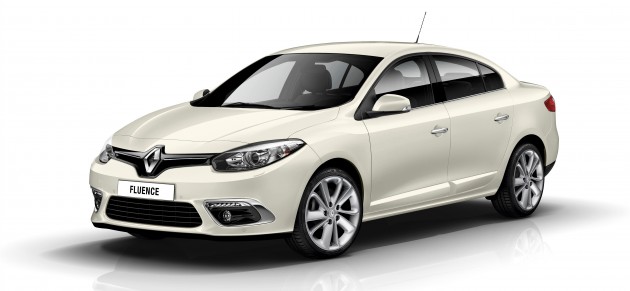
Mitsubishi have been exhibiting all kinds of cars recently – the GC-PHEV which previews a next gen Pajero, the XR-PHEV which previews a next gen ASX and the AR which previews a next gen MPV. The Concept G4 eventually became the B-segment Attrage. But there has been no news about a concept C-segment sedan shown in the last few years that could have given us a preview of the next generation Mitsubishi Lancer.
If you’ve been wondering what has happened to the replacement model for the aging Lancer, we now know it’s coming and have some kind of idea what it will be, assuming discussions conclude positively. Today’s announcement reveals the next generation Mitsubishi Lancer will most likely be based on the Renault Fluence, which was facelifted recently.
New North American Mitsubishi D-segment Sedan to be based on Renault car
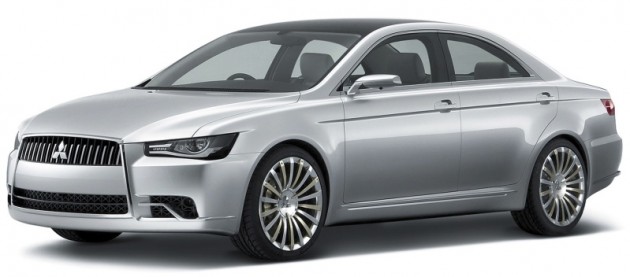
It looks like the Concept ZT shown at Tokyo 2007 won’t happen. Today’s announcement also reveals a Galant replacement model, but it will not be a global car, instead targeted at the North American markets of USA and Canada. This car will most probably be based on the Renault Latitude/Renault Samsung SM5, and will be built at Renault Samsung’s plant in South Korea.
Renault is currently not in sale in the USA so the car will be at least unique there. Given North America’s love of big engines, we can probably count the car to be available with Nissan’s 3.5 litre V6. I doubt North Americans would accept a D-segment car powered by a 1.6 litre turbo engine, which the SM5 is also available with.
“Nissan and Mitsubishi Motors have jointly benefited from several collaborations in the past, most recently the successful joint-venture on Kei cars in Japan. I welcome the direction being taken towards this broader cooperation, creating new opportunities for Renault in addition to further leveraging the productive relationship between Nissan and Mitsubishi Motors,” said Carlos Ghosn, President and CEO of the Renault-Nissan Alliance.
“As a result of the development of collaborative projects with Nissan Motor up to now, Mitsubishi Motors is pleased to work again with Nissan and now Renault towards achieving further collaborations. The new opportunities could be described as evidence that the ongoing collaborative projects between Mitsubishi Motors and Nissan have brought positive results, and Mitsubishi Motors hopes that any new collaborative projects with the Renault-Nissan Alliance would bring us further merits,” said Osamu Masuko, President of Mitsubishi Motors Corporation.
Well then, with the two companies working so closely I suppose it’s just perfect that Tan Chong Motors will be building cars for both of them in Malaysia!





